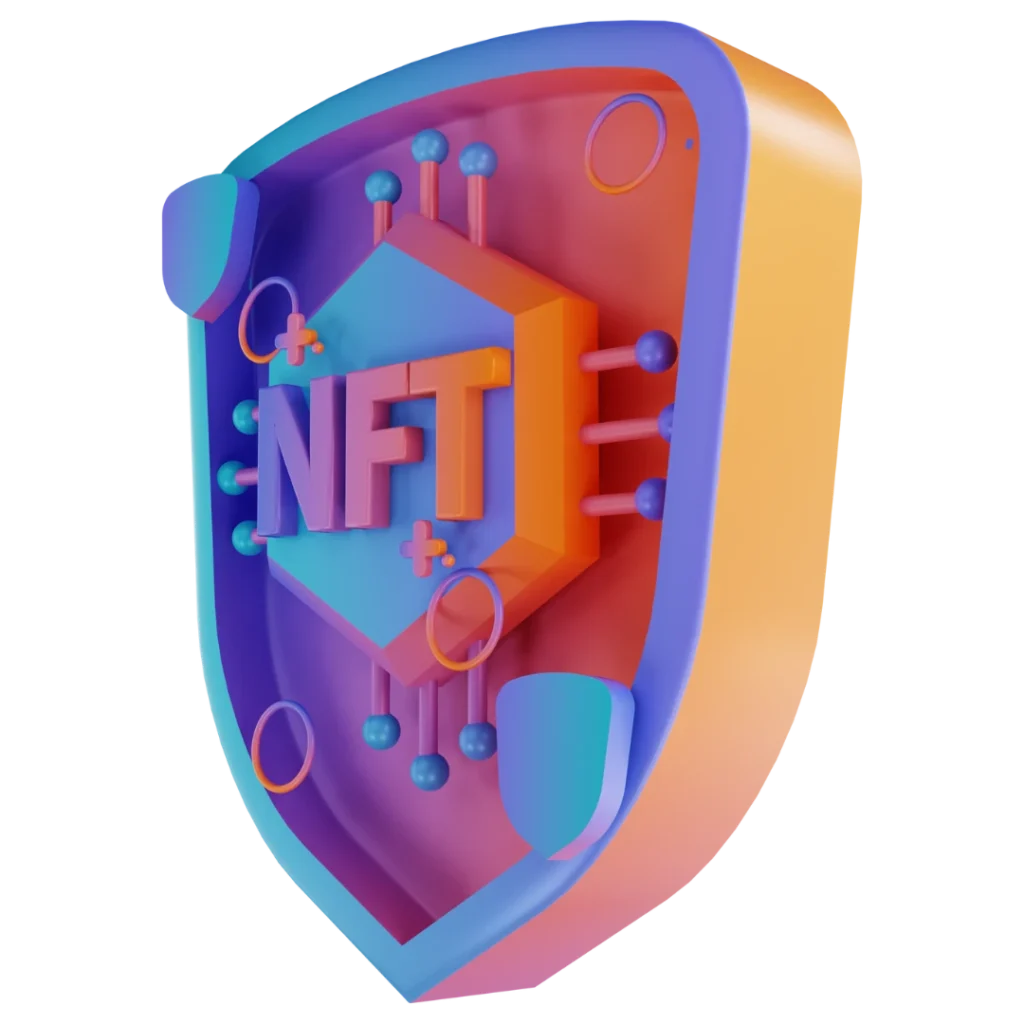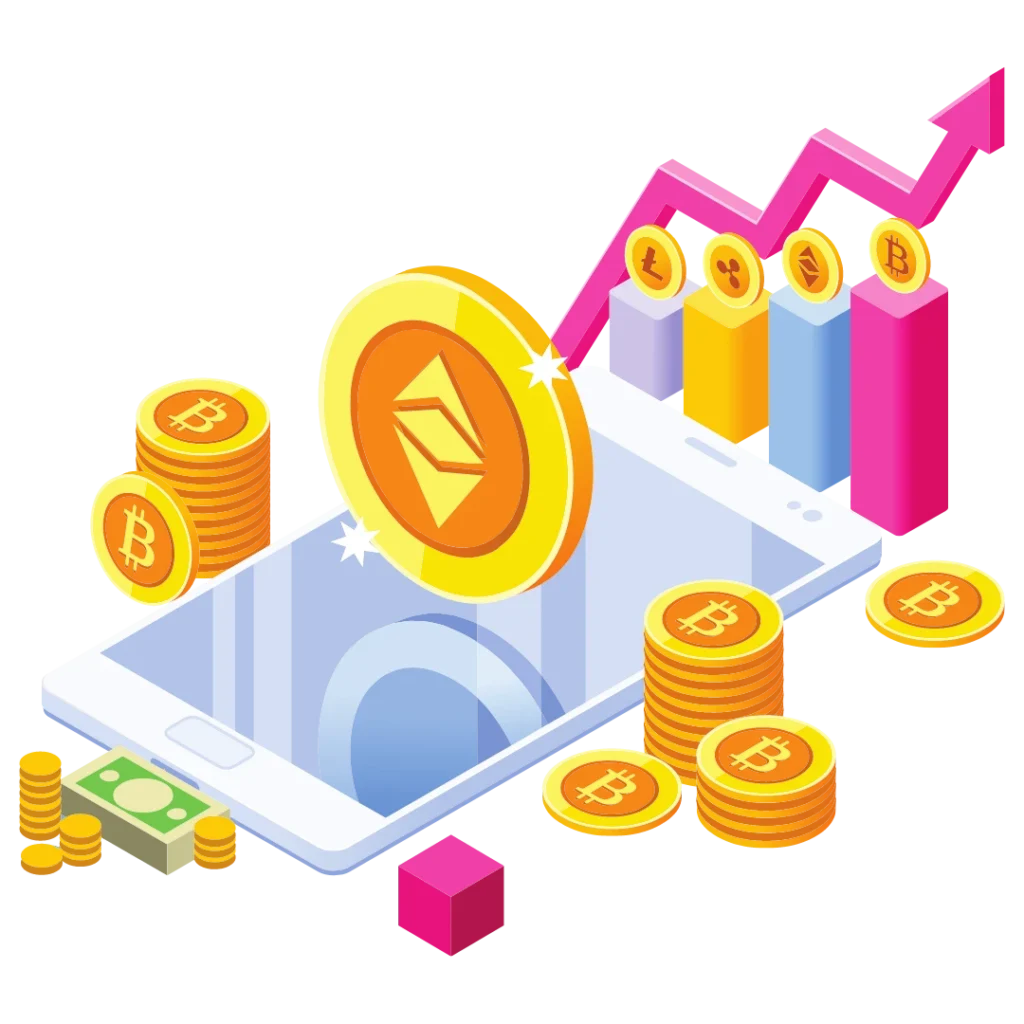What is an NFT?
Dive into the world of Non-Fungible Tokens (NFTs) and explore how they are revolutionizing digital ownership. From art and music to virtual real estate, learn about the unique applications and future implications of NFTs.

The Digital Revolution in Ownership
In the ever-evolving world of digital technology, a new phenomenon has taken the spotlight: Non-Fungible Tokens, or NFTs. These unique digital assets have revolutionized the concept of ownership and value in the digital space. From art and music to virtual real estate and beyond, NFTs are reshaping the landscape of digital content. But what exactly is an NFT? How does it work, and why has it become so popular?
Here, we will guide you through the basics of NFTs, their potential applications, and the implications they hold for the future of digital ownership. NFTs are part of the Ethereum blockchain. Ethereum is a cryptocurrency, like bitcoin or dogecoin, but its blockchain also supports these NFTs, which store extra information that makes them work differently from, say, an ETH coin.

Understanding NFTs
NFTs are a type of digital asset that represent ownership or proof of authenticity of a unique item or piece of content, using blockchain technology. Unlike cryptocurrencies like Bitcoin or Ethereum, which are fungible and can be exchanged on a like-for-like basis, NFTs are unique and can’t be exchanged on a like-for-like basis.
Each NFT has a digital signature that verifies its authenticity and ownership, making it impossible to forge or replicate. This uniqueness and scarcity are what give NFTs value. It’s worth noting that each NFT contains distinguishing information that makes it distinct from any other NFT, which is why they are called non-fungible. They are stored on a blockchain, which is a distributed public ledger that records transactions.
Applications of NFTs
NFTs have a wide range of applications. In the art world, they are used to digitize artwork and provide proof of ownership, allowing artists to sell their work directly to consumers without the need for intermediaries. In the music industry, NFTs can represent ownership of a music track or album. They are also used in virtual real estate, where virtual lands and buildings are traded as NFTs. Other applications include collectibles, virtual goods in video games, and even tweets. Essentially, NFTs are used to commodify digital creations, from digital art and music to memes and tweets. They provide a blockchain-created certificate of authenticity to digital assets.

The Future of NFTs
The future of NFTs is still unfolding, with new applications and platforms emerging regularly. As the technology matures, we can expect to see more sophisticated uses of NFTs, including in areas like intellectual property rights, identity verification, and more. However, like any new technology, NFTs also come with challenges, including issues around copyright infringement, environmental concerns related to energy consumption, and market volatility.
It’s important for anyone interested in NFTs to understand these challenges and navigate the space responsibly. The NFT market is still relatively young, and many of its implications are yet to be fully realized.

Navigating the NFT Landscape
NFTs represent a significant shift in the digital landscape, offering new ways to verify authenticity and ownership, and creating new opportunities for creators and collectors alike. As we continue to explore and understand this new frontier, it’s important to approach it with curiosity, caution, and a commitment to understanding the technology and its implications.
The world of NFTs is just beginning to unfold, and it’s an exciting time to be part of the journey. Whether you’re an artist looking to monetize your digital creations, a collector looking for unique digital assets, or a tech enthusiast eager to explore new technologies, NFTs offer a wide range of possibilities.
